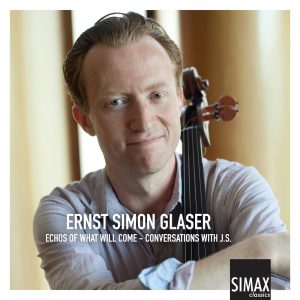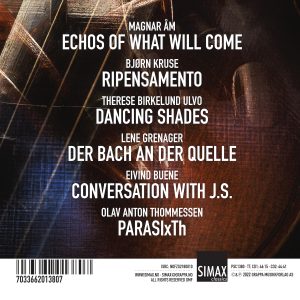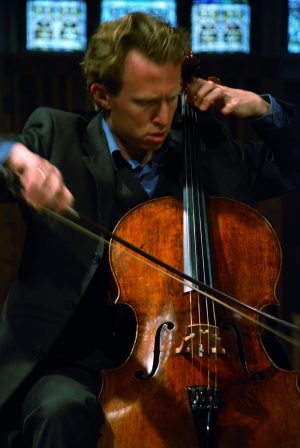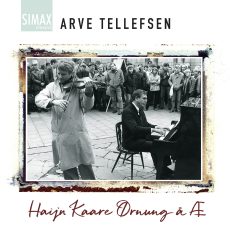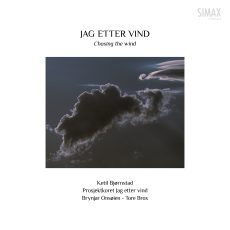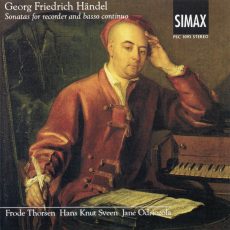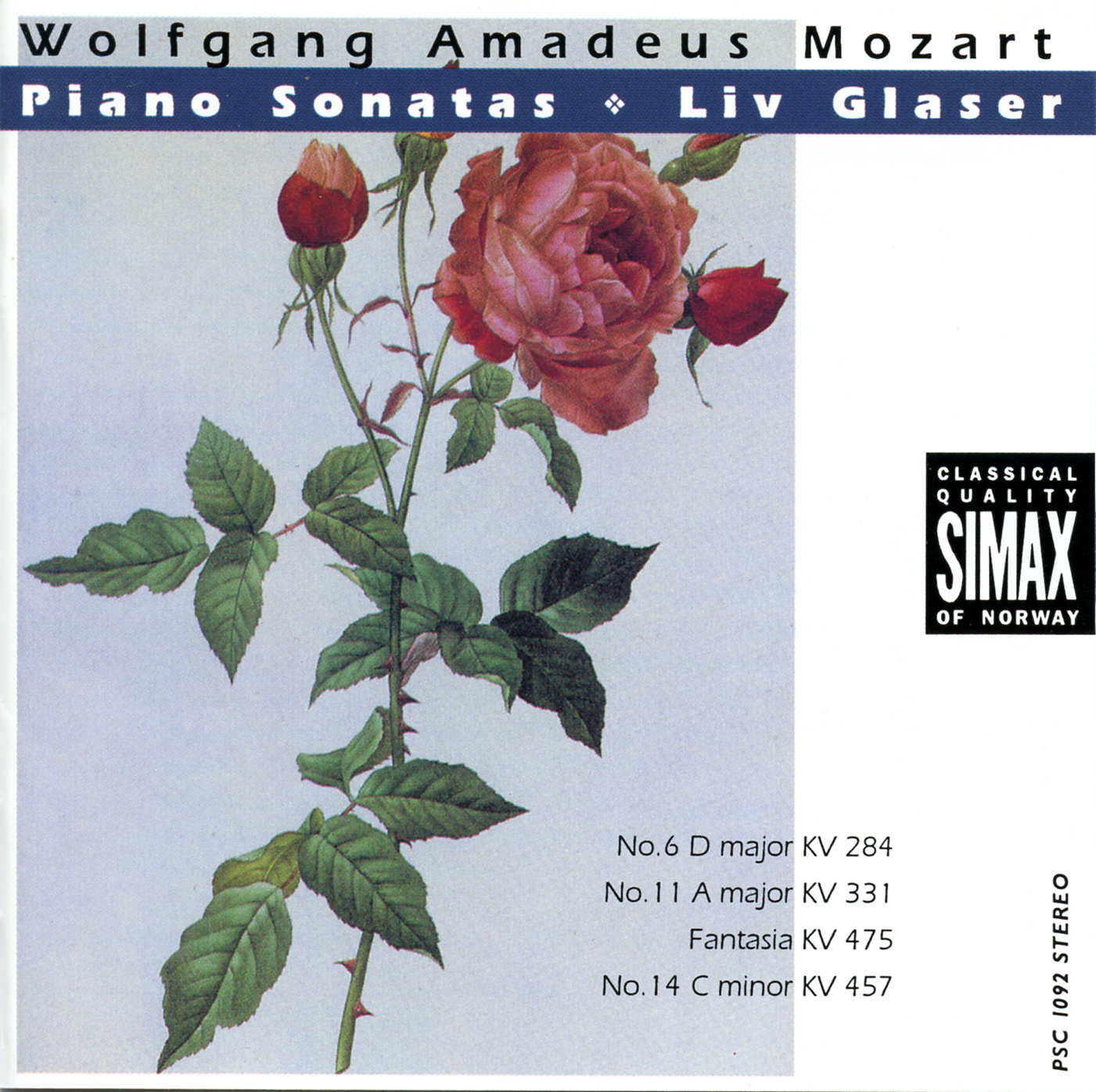“It is perhaps a bold statement, but I feel safe in saying that Johan Sebastian Bach’s cello suites hold a unique place in every cellists heart. The material is deeply challenging technically with awkward double stops, fast runs, much of the writing requires subtle inflections of the bow and a large variety of bow strokes. Add to that Bach’s musical creativity and inventiveness: a suite with a scordatura tuning (unusual tuning of the strings) which starts with a prelude and fugue on a single instrument or a suite written for a cello with 5 strings. Not to mention the polyphonic writing implying more than one voice at a time and harmony not actually being played. This music has had a profound impression on cellists, musicians and music lovers for many years. I tried to count the amount of recordings of the suites available on Spotify twice but I kept losing count. There are very many… The point being that these suites are deeply loved and respected.” – Ernst Simon Glaser
It all started 20 years ago when Glaser commissioned a new work for solo cello by the Norwegian composer Eivind Buene. Buene, who had been a classical guitar student before he focused on compostition, knew Bach’s 5th suite from the transcriptions for guitar and chose to write a work he called “Conversation with J.S.”. Buene wrote:
“Tonal fantasies from 2002 meet the energy from Bach’s fifth cello suite. Bach’s musical gestures, motions and flow form the basis of a dialogue that transcends musical and historical boundaries – where the history of music and of the cello can be heard between the lines.»
Buene’s piece did not sound anything like Bach. The gestures from within Bach’s music were present but with completely different tonal elements.
Having performed Buene’s piece a few times, Ernst Simon decided to commission a series of new works, each influenced by one of Bach’s cello suites. The idea was to perform the new compositions together with their original companion pieces. The project involves a diverse range of distinguished Norwegian composers – Magnar Åm, Bjørn Kruse, Therese Birkelund Ulvo, Lene Grenager, Eivind Buene and Olav Anton Thommessen – and the resultant compositions reflects their unique responses to the material.
Ernst Simon Glaser received the “Young Soloist of the Year” award in 2001 and the Debut Prize in 2004 in Norway. His debut recording of 2005 with Liv Glaser on fortepiano (Schumann and Schubert-Simax) was well received. His recording with the Norwegian Navy Wind Band consisting of four cello concertos with winds inspired an English reviewer to write tha tGlaser “with groove and elegance explores new avenues within contemporary music”. His latest CD on BIS (2017) was nominated for a Swedish Grammy. Here Glaser is a soloist in Tommie Haglund’s Flaminis Aura with the Gothenburg Symphony Orchestra (conductor David Afkham). After studying with Ralph Kirshbaum, Ernst Simon Glaser was employed as the co-principal cellist in Trondheim Symphony Orchestra at the age of 22. From 2001-2011 he was a principal cellist in the Norwegian Opera Orchestra. From 2010 until 2020 Glaser was principal cellist in the Gothenburg Symphony Orchestra, Sweden’s National Orchestra. Currently Glaser is the principal cellist of the Norwegian Radio Orchestra. Glaser has previously taught at the Music Conservatory in Trondheim, and at the Norwegian Academy of Music as Truls Mørk’s assistant, and substitute. Ernst Simon Glaser plays on a cello built by Francesco Ruggieri, Cremona approx. 1680,generously made available by Dextra Musica.









